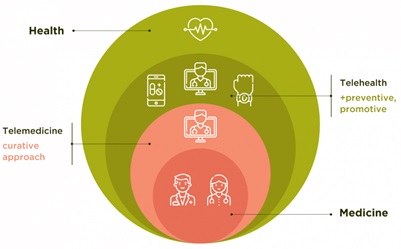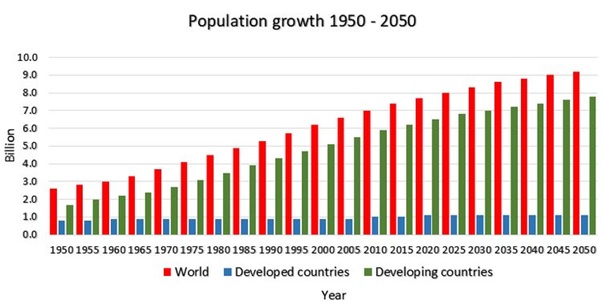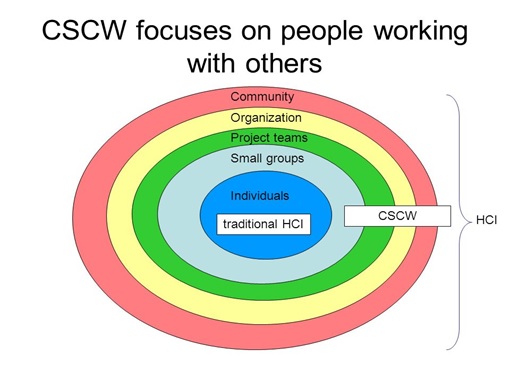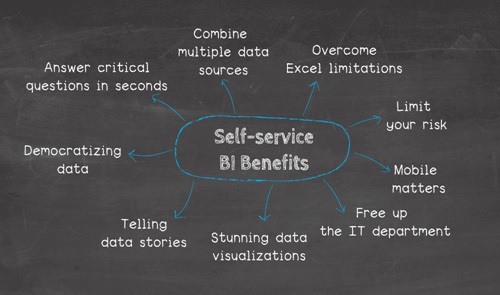Collaborative BI on the Rise
Collaborative business intelligence (BI) is not an entirely new trend. However, the ever-evolving business landscape, typified by managers and employees who need to interact differently, has continued to give this trend new impetus. Collaborative BI is a combination of BI tools and the best collaboration software, including web 2.0 and social technologies to streamline data-driven decision-making.
This trend has emerged in the wake of the need for increased collaboration in the business environment. What happens is that with collaborative BI, the sharing of analytics and reporting is simplified, thus, supporting efficient decision-making.[1]

Figure 1. The Collaborative BI on the rise
Figure 1 shows Collaborative Business Intelligence (CBI) is a concept that involves the integration of Business Intelligence (BI) and collaborative technological tools in order to support an organization in making new and improved business decisions.
Collaborative Business Interaction Tools
Examples of modern collaborative business interaction tools include:
- SAP BusinessObjects, a BI tool that works on its own or as a part of a larger SAP technology stack.
- Geckoboard, a dashboard software that displays key metrics and connects companies to existing software.
- Dundas BI suggests the right data visualizations and gives deep insights to non-analysts.
- Oracle BI, a middleware running on the Oracle business stack that provides businesses with wide-reaching analytics options.
- Sisense combines data directly from SaaS products and databases for analytics for every user.
- Domo unites native connections with data processing software apps.
- Tableau is a leading business intelligence software for data analysts and businesses.[2]
Benefits of Collaborative BI
- Faster and more informed decision-making – subject matter experts and decision makers can quickly share ideas and drive cohesive fact-based decisions.
- Knowledge Sharing – encourages diverse groups to interact with a common focus and gather ideas that otherwise may not have been visible to the decision makers.
- Employee Satisfaction – empowers employees by giving them a means of voicing thoughts and ideas in a targeted way, and enables them to better see an association between a decision and the conversations that led up to it.
- Stakeholder Involvement – with the right tools and/or processes, stakeholders can respond at a time that is convenient to them; this is especially important when stakeholders have busy schedules and are in multiple time zones.
- Audit trail – decisions and conversations can be saved and referred back to at a later date; having a documented decision trail can also reduce decision churn and prevent having the same discussion multiple times.
- Security – more cutting edge collaboration tools integrate security with their collaboration offering. This enforces report permissions for those being asked to review a report and ensure they authorized to view it.
- Collaborative BI does have it’s challenges – too many conflicting voices can make it difficult to come to agreement on an issue and, as with physical meetings, strong personalities can overwhelm a discussion if not managed appropriately.[3]
References:
- https://financesonline.com/business-intelligence-trends/
- https://thebusinessprofessor.com/en_US/mgmt-operations/collaborative-business-intelligence-definition
- https://plastergroup.com/collaborative-business-intelligence/
Cite this article:
Thanusri swetha J (2021), Collaborative BI on the rise, AnaTechMaz, pp. 20















